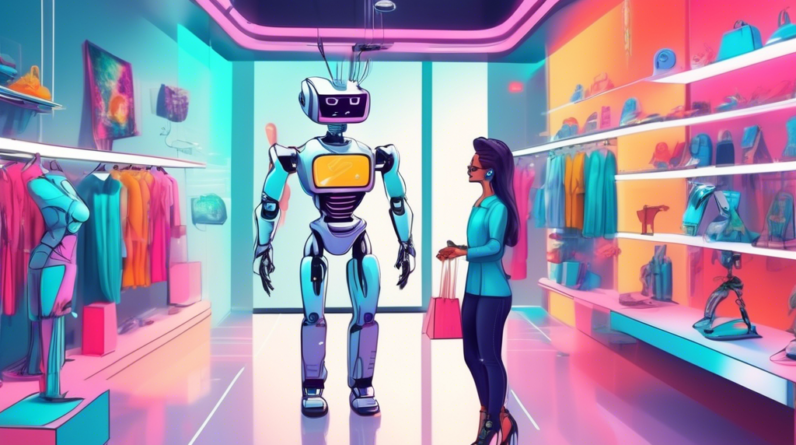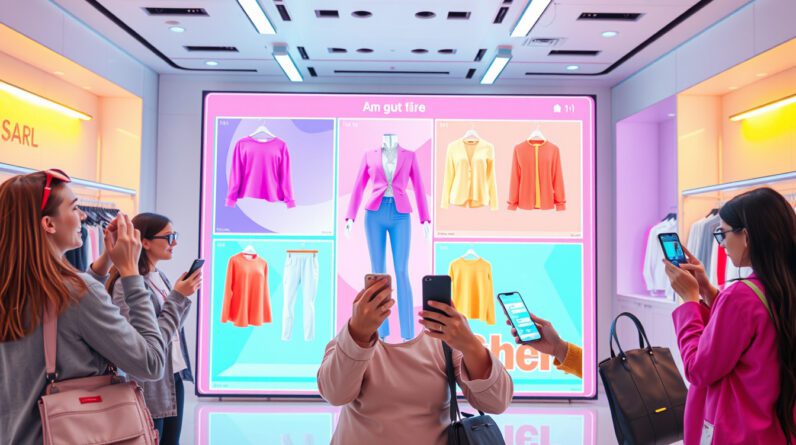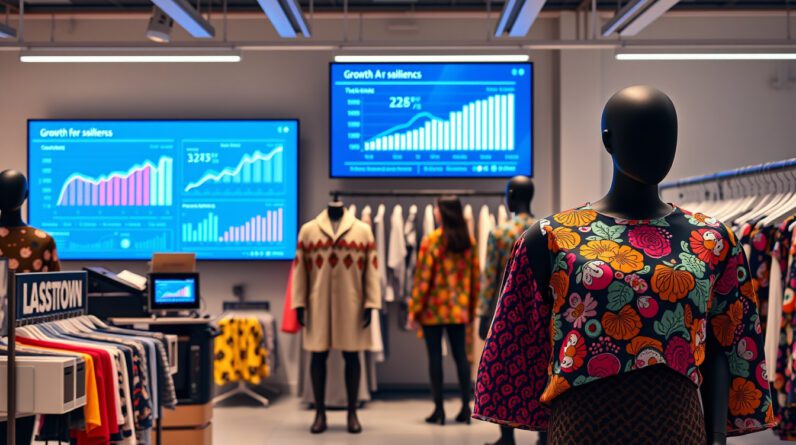
Introduction
In today’s hyper-competitive retail landscape, simply offering quality products at competitive prices is no longer enough. Consumers are bombarded with choices, both online and offline, and they crave shopping experiences that cater to their individual needs and preferences. This is where personalization comes in.
What is Retail Personalization?
Retail personalization encompasses a range of strategies aimed at tailoring the shopping experience to each individual customer. It goes beyond simply addressing customers by their first names in email campaigns. Effective personalization leverages data to understand customer behavior, preferences, and purchase history to deliver relevant product recommendations, targeted promotions, and curated content.
The Benefits of Personalization in Retail
Increased Customer Engagement
Personalization makes customers feel valued and understood. By presenting them with products and offers that align with their interests, retailers can significantly increase engagement. When customers find what they’re looking for quickly and easily, they’re more likely to stay on a website longer, browse more products, and ultimately, make a purchase.
Higher Conversion Rates
Personalized recommendations are proven to drive conversions. When customers are shown products that align with their browsing history, past purchases, or expressed preferences, they are more likely to convert into paying customers. The logic is simple: the more relevant the offering, the higher the chance of a sale.
Improved Customer Loyalty
In the age of endless choices, customer loyalty is invaluable. Personalization fosters loyalty by creating a sense of connection between the retailer and the customer. When customers feel understood and appreciated, they are more likely to return for repeat purchases and become brand advocates.
Increased Revenue and Profitability
The ultimate goal of any retail strategy is to drive revenue and profitability. Personalization achieves this by boosting engagement, increasing conversion rates, and fostering customer loyalty. By creating a more personalized shopping experience, retailers can maximize their return on investment and gain a competitive edge.
Key Personalization Strategies for Retailers
Data Collection and Analysis
The foundation of effective personalization lies in data. Retailers need to gather relevant data about their customers, including their browsing history, purchase history, demographics, and preferences. This data can be collected through website cookies, customer loyalty programs, online surveys, and point-of-sale systems. Once collected, this data must be analyzed to identify patterns and insights that can be used to personalize the shopping experience.
Personalized Product Recommendations
One of the most effective personalization strategies is to offer personalized product recommendations. This can be achieved through collaborative filtering, which analyzes the purchase history of similar customers to identify products that the current customer might be interested in. Content-based filtering, on the other hand, recommends products that are similar to products the customer has viewed or purchased in the past.
Targeted Promotions and Offers
Generic promotions often fall flat because they are not relevant to the individual customer. Personalized promotions, on the other hand, are tailored to the customer’s interests and purchase history. For example, a customer who frequently purchases coffee might receive a discount on their favorite brand, while a customer who has recently viewed hiking boots might receive a promotion for outdoor gear.
Personalized Content and Email Marketing
Email marketing remains a powerful tool for retailers, but generic email blasts are often ignored. Personalized emails, on the other hand, can be highly effective. By segmenting their email lists based on customer data, retailers can send targeted emails featuring content and promotions that are relevant to each subscriber’s interests.
Omnichannel Personalization
Today’s consumers interact with retailers across multiple channels, including websites, mobile apps, social media, and brick-and-mortar stores. To provide a truly personalized experience, retailers need to ensure that their personalization efforts are consistent across all channels. This means tracking customer interactions across all touchpoints and using that data to create a unified and personalized experience.
Examples of Personalization in Retail
Amazon
Amazon is a prime example of a retailer that excels at personalization. From personalized product recommendations to targeted email campaigns, Amazon leverages customer data to create a highly individualized shopping experience. Their Customers who bought this item also bought and Recommended for you sections are powered by sophisticated algorithms that analyze browsing and purchase history to suggest relevant products.
Netflix
While not strictly a retailer, Netflix’s personalization strategy is worth mentioning. Their recommendation engine analyzes viewing history, ratings, and even the time of day a user is watching to suggest movies and TV shows that align with their tastes. This high level of personalization has been a key factor in Netflix’s success.
Sephora
Beauty retailer Sephora offers a personalized experience both online and in-store. Their website features a Beauty Bag where customers can save their favorite products, as well as a Skincare Routine Finder that recommends products based on individual skin concerns. In-store, Sephora offers personalized consultations and makeovers, further enhancing the customer experience.
The Future of Personalized Retail
As technology continues to evolve, the possibilities for retail personalization are endless. Artificial intelligence (AI) and machine learning are playing an increasingly important role in analyzing customer data and delivering even more sophisticated personalization.
Hyper-Personalization
Hyper-personalization takes personalization to the next level by using real-time data and AI to deliver highly individualized experiences. For example, imagine a retail app that uses geolocation data to suggest products based on the customer’s current location or even the weather.
Voice Commerce and Personalization
With the rise of voice assistants like Amazon Alexa and Google Assistant, voice commerce is becoming increasingly popular. Voice-activated shopping presents unique opportunities for personalization, as retailers can use voice commands and purchase history to anticipate customer needs and offer tailored recommendations.
Augmented Reality (AR) and Virtual Reality (VR)
AR and VR technologies are transforming the retail landscape by creating immersive and interactive shopping experiences. These technologies can be used to personalize the shopping journey by allowing customers to virtually try on clothes, visualize furniture in their homes, or even receive personalized beauty consultations.
Conclusion
Personalization is no longer a nice-to-have for retailers; it’s a necessity. By understanding their customers’ needs and preferences and leveraging data to create tailored experiences, retailers can increase engagement, drive conversions, foster loyalty, and ultimately, boost profitability. As technology continues to evolve, the possibilities for personalization are endless, and retailers who embrace these advancements will be well-positioned for success in the years to come.





